La Poste - Part 2
History
After the successful pioneering of the African routes Latécoère turned their attention to South America and postal services there. However, changed priorities meant that the Latécoère decided to focus more on aircraft manufacture and not on postal air services. A new airline was formed in 1927 to take over the Latécoère routes taking the name of Aéropostale and taking over the operations and aircraft of their forerunner. Three Breguet 14s were initially used in South America but these were superceded by Laté 25 and 26 aircraft. Unfortunately, with the opening of the Mendoza (Argentina) to Santiago (Chile) route there was a problem. To reach Santiago aircraft had to cross the Andes via the high mountain passes. The ceiling of the Laté 25 and 26 topped out at 4,000 metres but to fly through the passes needed a ceiling of at least 4,500 metres. New aircraft were needed and Aéropostale found a suitable replacement in the popular and versatile Potez 25 fitted with a Lorraine engine. These aircraft could reach 6,000 metres (some sources claim 7,000). Two Potez 25 A2 were purchased (F-AJDX and F-AJDY) and the airmail route inaugurated on 14 July 1929. Three more longer ranged Potez 25 TOE aircraft followed (F-AJDZ, F-AJZR, F-AJZS).
Like the African flights these flights were dangerous. Aircraft had the usual minimal navigational and survival aids and were still pretty flimsy. In addition the weather was frequently bad; fog was a constant issue and storms frequent. Pilots often had to contend with 100 mph headwinds and if they couldn't find a gap in the wind in time they would reach the limit of the aircraft's endurance and crash. Flying through the passes was no safer and pilots had to watch out for sudden vicious updrafts and downdrafts. One of the pioneer pilots, Henri Guillaumet, crashed in bad weather trying to fly through the Andes and had to walk for six days without food to find help.
Model
This is another of St Exupéry's aircraft - at the time he was manager of Aéropostale's operations in South America and frequently flew various of the aircraft. I decided to model the first Aéropostale Potez 25 and the Azur A2 boxing is a great start for the project. However, this is a conversion so changes need to be made to the model which is a military Potez 25. Azur also do a decal sheet which covers four of the Potez 25s used by Aéropostale but caution is needed. F-AJDX and F-AJDZ are both in early livery (the registration font is different) whilst the other two options are in later livery (F-AJDY and F-AJZS). If you choose either of F-AJDZ or F-AJZS you will need a different model, the Special Hobby Potez 25 TOE. The decal sheet also includes decals for the red fuselage Potez 25s but these are not illustrated in the instructions. Care is needed identifying the particular aircraft you wish to model and the scheme it wore.
The Azur kit is a lovely model to build. It's accurate and well detailed but requires time and patience to get a good result. Mold seams need to be cleaned off every part and it is best to do this as you go along. As the kit is modular careful attention to these helps the fit enormously.
To modify the kit into an Aéropostale aircraft the rear gunners position needs to be cut off and a new rear cockpit coaming added from plastic card. The Azur kit's clear sprue has an appropriate windscreen that can be used for the rear cockpit. A caution - the modified TOE rear cockpits were different to the modified A2 rear cockpits. Various military equipment needs to be omitted or deleted and the cut out for the ventral gun filled. I left the rear cockpit empty except for a net to prevent postal sacks from slipping towards the tail. As far as I can tell if a postal aircraft carried someone in the rear cockpit he sat on the mail sacks. To simulate the plywood skinning I used AK wood decals which have to be cut to shape.
I also replaced the tailplane struts with 0.4 mm plastic rod. As ever the kit versions were overscale and wrongly shaped. The machine gun cut out was filled and the pilot's control column replaced by the rear cockpit one (no firing button). All trace of dual controls was also removed.
The wings were easy to fit but once again a slow patient approach is necessary. The cabane struts are fixed in place first with superglue which is allowed to set. Then the upper wing is attached using fast acting superglue. Once this is dry one can add the interplane struts. Azur include etched brass attachment points for rigging and these actually work quite well. They certainly help in getting the double wires aligned but there are a lot of them. Azur did miss one wire though - it runs from the front strut to the fuselage in line with the rear strut on both sides. It certainly complicates things but in general the rigging instructions are clear and easy to understand.
The propeller for my version came from the Potez 25 Hispano kit as neither of the two variants in the Lorraine boxing were appropriate. Once again checking the references (which admittedly aren't very common) is important. As I mentioned I went with an early scheme Potez 25 and there is some confusion about colours for this scheme with some modellers going for a white finish. I doubt this and from some photos think a aluminium/silver dope scheme is more appropriate. I used Tamiya Chrome Silver enamel which was then matt varnished and this to my mind matches the photos very well. The decals are made for Azur by Fantasy Printshop and go down well. They are a bit glossy which meant that a matt varnish was also needed to match the base colour. This was a very satisfying build. A nice colour scheme and a very enjoyable model combined to produce an experience full of pleasure and the clean up and conversion wasn't a chore.
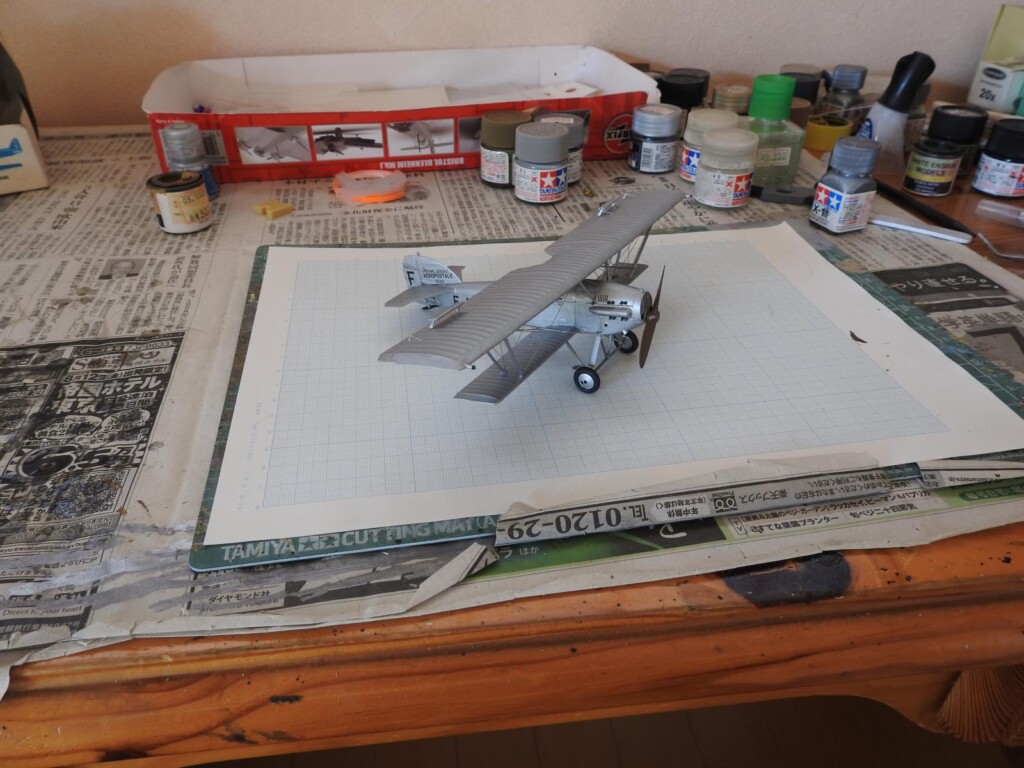
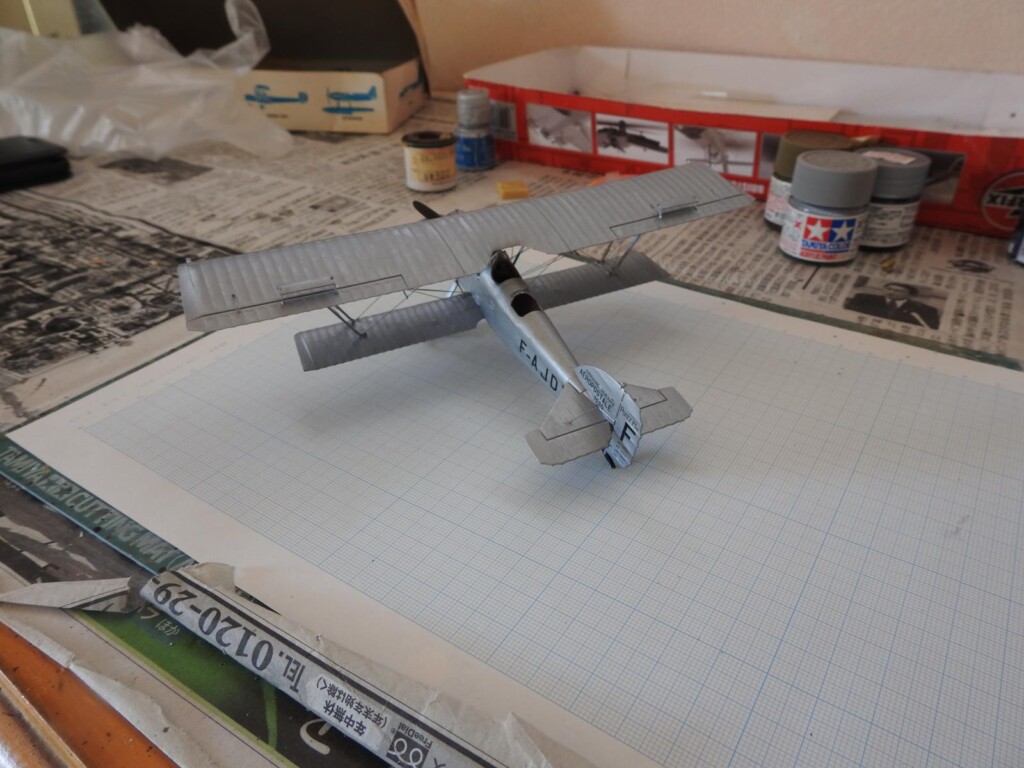

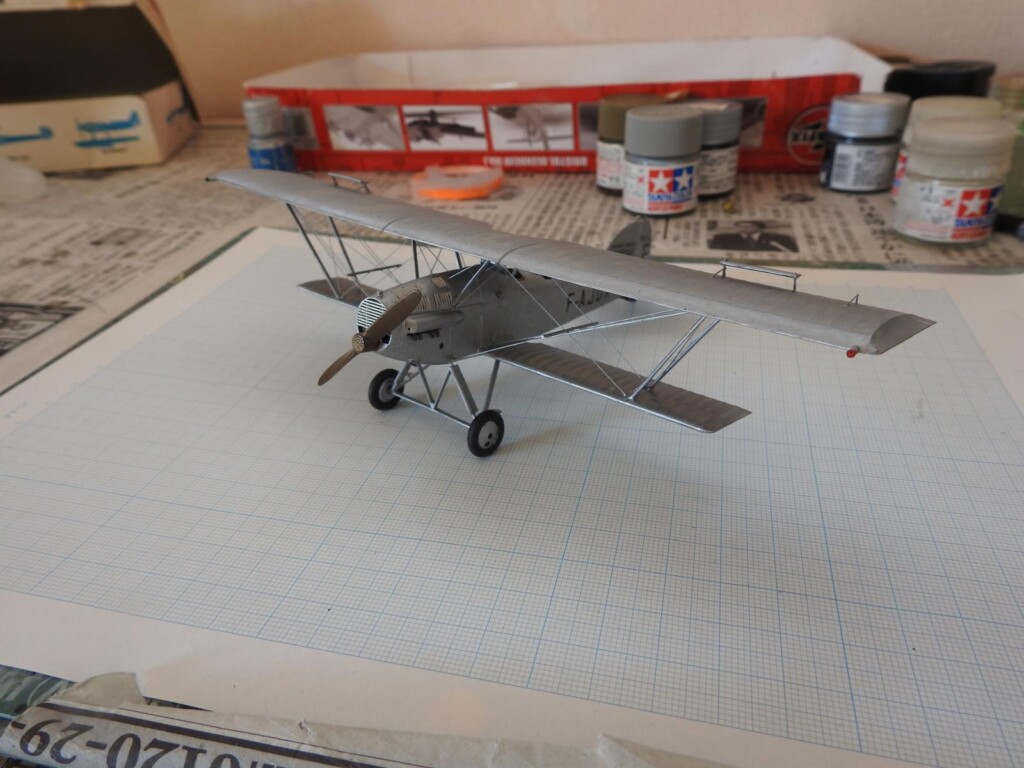
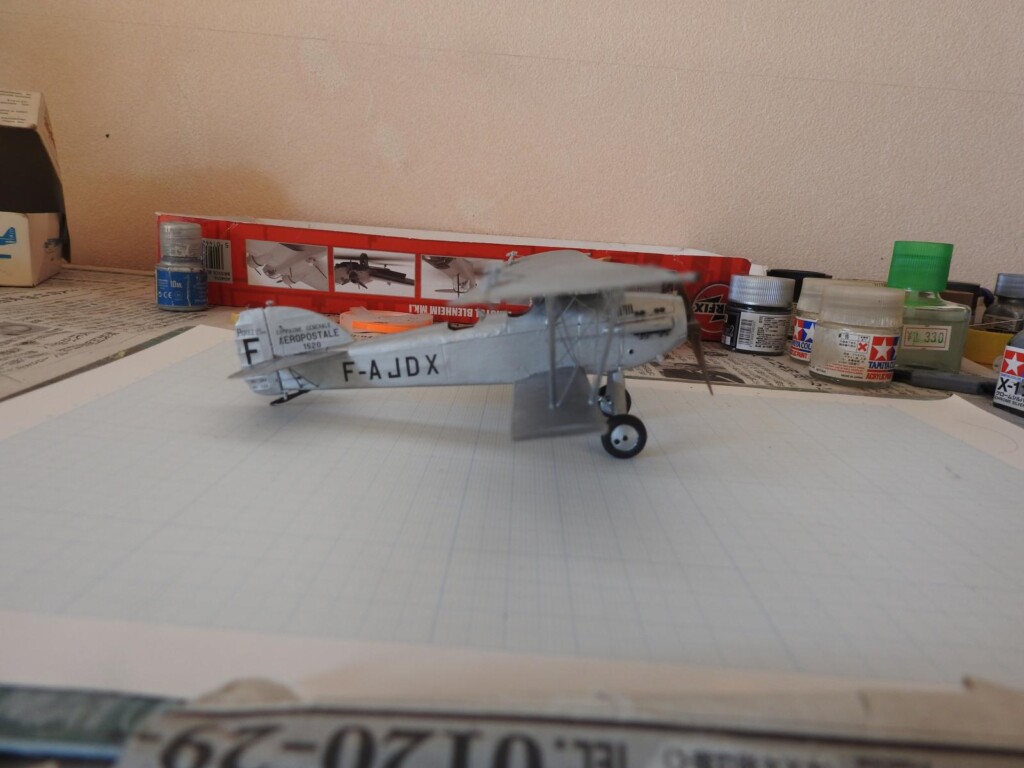
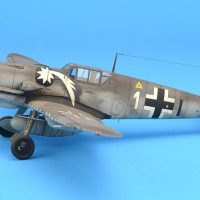
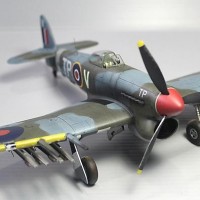
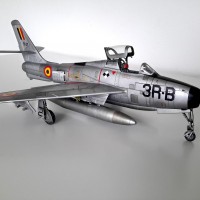
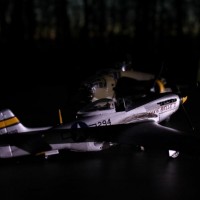
An amazing result, Christopher! A splendid job, thoroughly researched and excellently performed! This is not a model one sees often built, let alone the specific version. I agree with your exterior shade choice. Your accompanying article us equally excellent.
Congratulations and have a great 2023!
Thanks so much Spiros. You're right that one doesn't often see these built which is a pity as they are a nice build. Next will be the Greek version.
Have a great 2023 too!
"Night Flight" brought to life. There is a movie made of the book, starring Clark Gable in the years before he became "Clark Gable" when he did a number of flying movies, of which "Night Flight" and "Helldivers of the Navy" are best.
Very nice work Christopher and a beautiful result.
Happy 2023 and more modeling.
Many, many thanks Tom. I knew of the movie but have never seen it. The part of the book that always sticks in my mind is the pilot trying to find a gap in the wind. A truly brilliant but chilling bit of writing.
I wish you a happy 2023 as well.
You gave this subject a nice dimension, Christopher @christopher
Excellent result and supporting article.
Happy New Year
Thanks ever so much John - your comments are much appreciated
A happy new year to you too
Christopher,
Making a mono-chrome model look interesting is a accomplishment, add on top of that a bi-plane build with some tight, neat and clean rigging is deserving of respect. Some strong work going on here.
Two thumbs up.
Smashed the like button.
Hi Stephen
Thanks indeed for the very kind comments.
Happy New Year
Christopher
Hi Christopher,
It’s a very nice build, really reminding me of the novel Night Flight. Speaking of the postal planes in South America, it also reminds me of the movie “Only Angels have Wings.”
By the way, I always wonder what is the correct pronounciation of “Potez”. Is the last letter “z” pronounced in French or not? I think it is not pronounced according to the regular French rules, but proper nouns often do not follow the rules.
Anyway, I hope you keep on building the birds concerned with St. Ex.
Hi Shun
Many thanks indeed for the kind comments. I've not seen 'Only Angels Have Wings' but the old Clark Gable Movie 'Night Flight' is based on the book
Potez is pronounced with the 'z' sounded. The phonetics are pɔtɛz.
Happy New Year
Christopher
Thanks for teaching me the right pronunciation!
The time spent researching has definitely paid off with a super accurate model, Christopher, your enthusiasm for this part of aviation history really shows through in your modelling.
Hi George
I really appreciate that. I do try to make my models as accurate as possible so it's really welcome when people notice.
Happy New Year.
Christopher
Very nice! Looks great.
Thanks so much Greg - Happy New Year